February 2021:
At long last, dry and mild weather has arrived to Jacksonville, if only for a few days – perfect for examining the upgrades to the Arboretum. The trail layout is the same as it has been in past years, but the area around the lake has been upgraded. New planting beds exhibiting a wide variety of plants. A new seating area under the oaks – perfect for picnics. New bridges and raised platforms keep the trail above the soggy lowlands and ravines in the park. New signs and occasional QR codes explain unique features and trees to visitors. Really, the park is nearly unrecognizable when entering compared to past years.
To explore all the trails and the gardens, assume about 3 hours at a moderate pace. Some trails connect to other loops, so you’ll need to double-back in a couple of locations. Each trail is now labelled with information on the length and the grade – something unusual for most trails you find in Florida. While none of the trails are particularly challenging, some are definitely less accessible to those with physical limitations.
The Arboretum suggests a $3 donation per visit for non-members, and professional photographers must contact the park directors before doing any photography in the park.
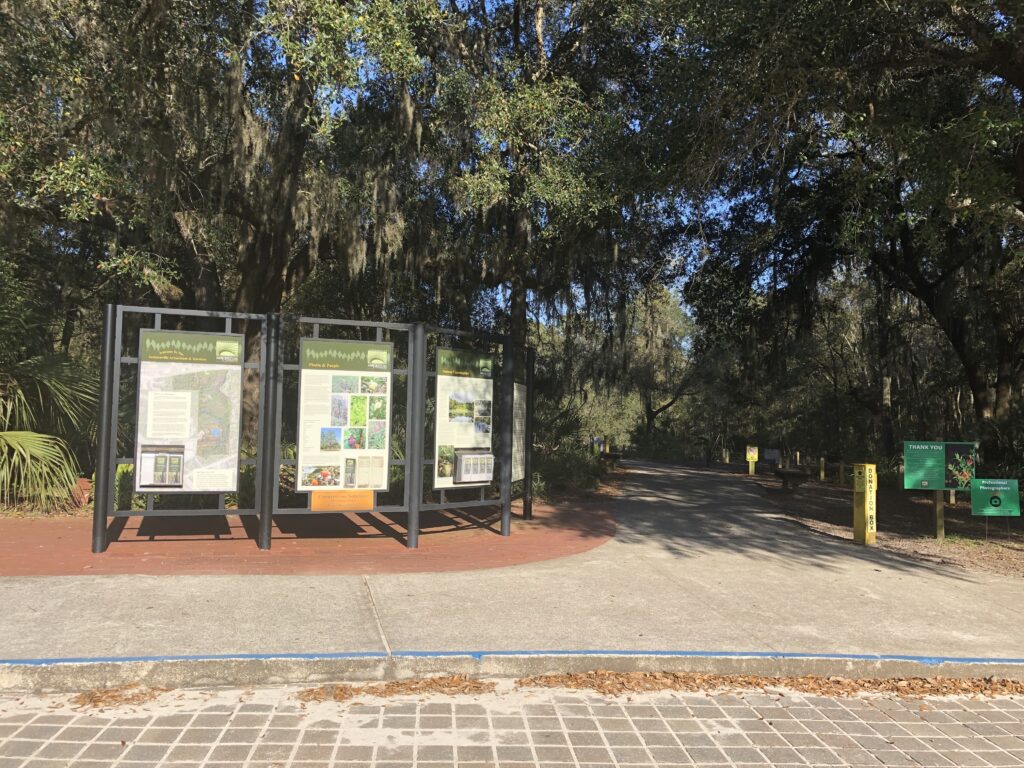
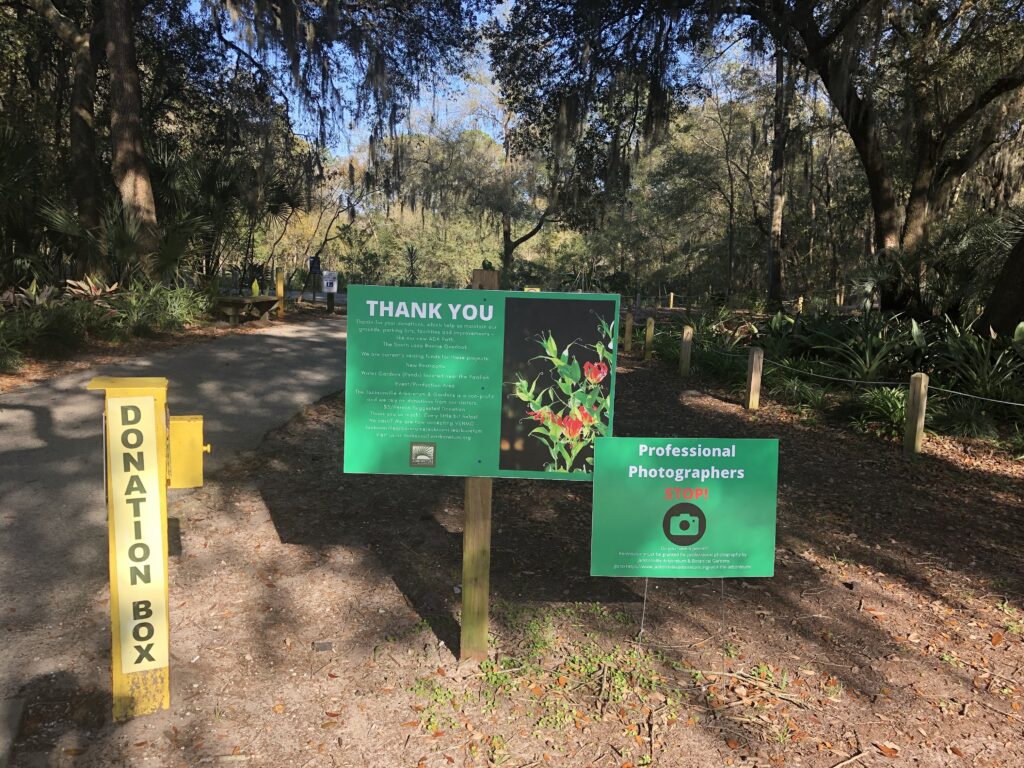
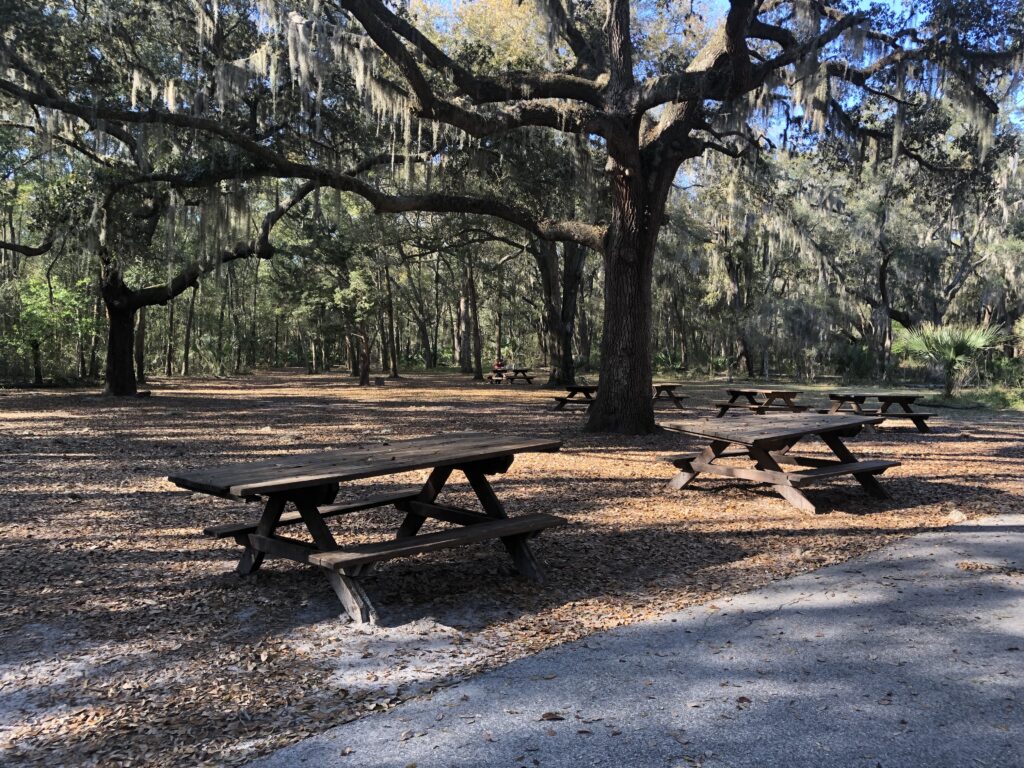
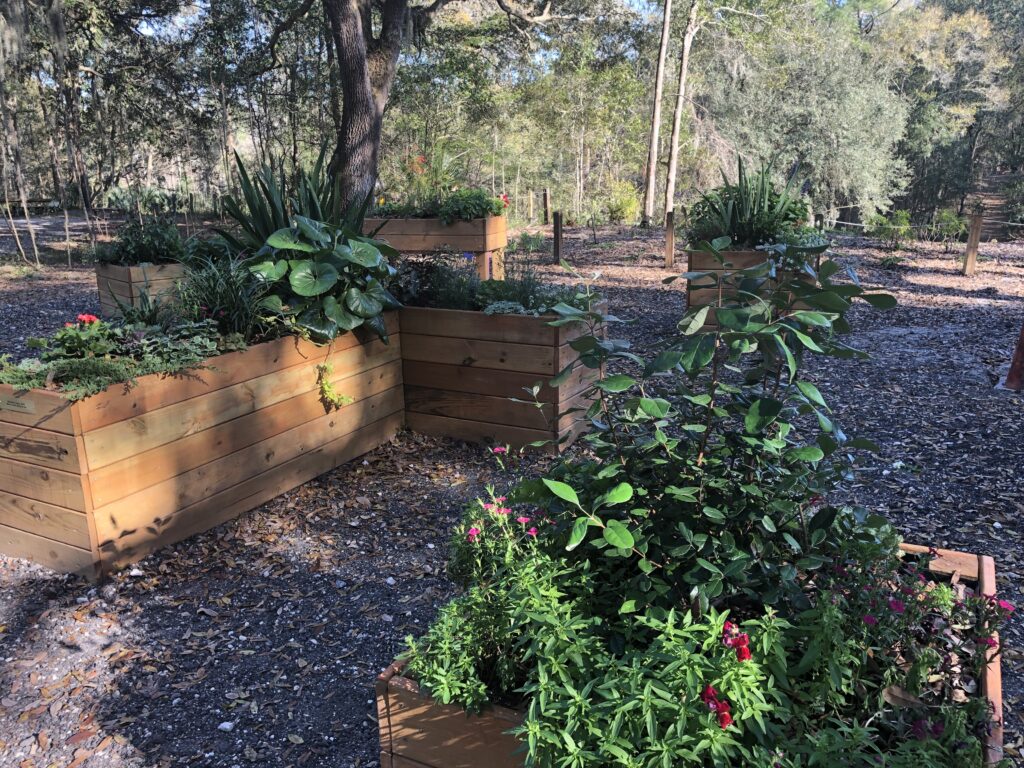
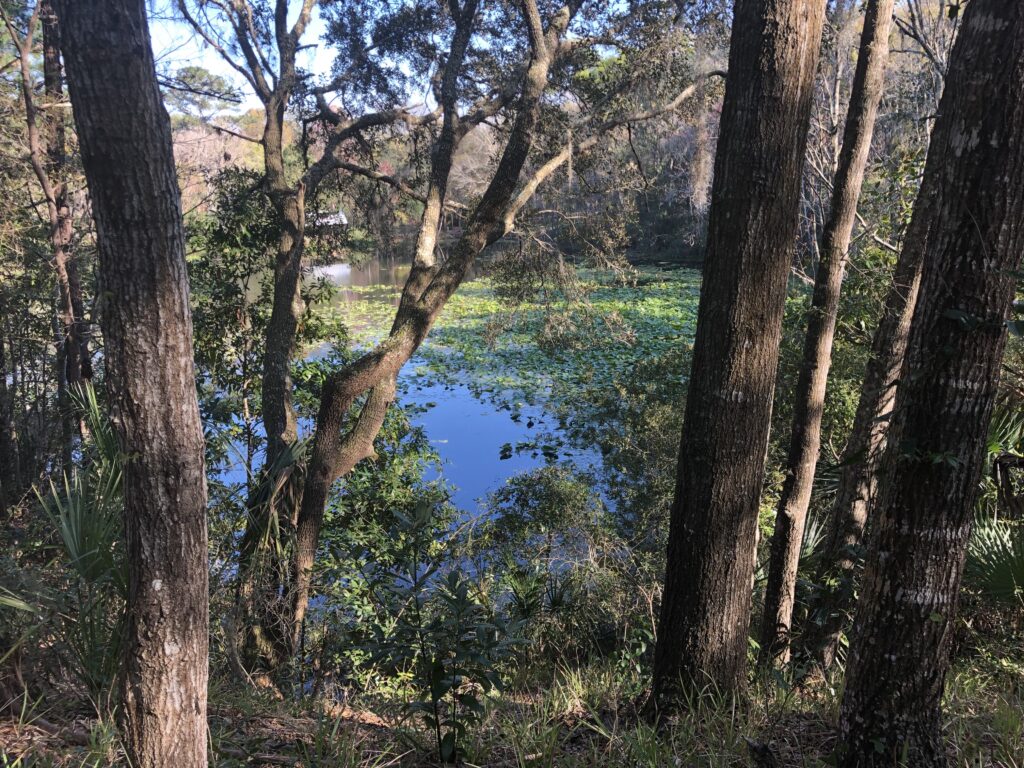
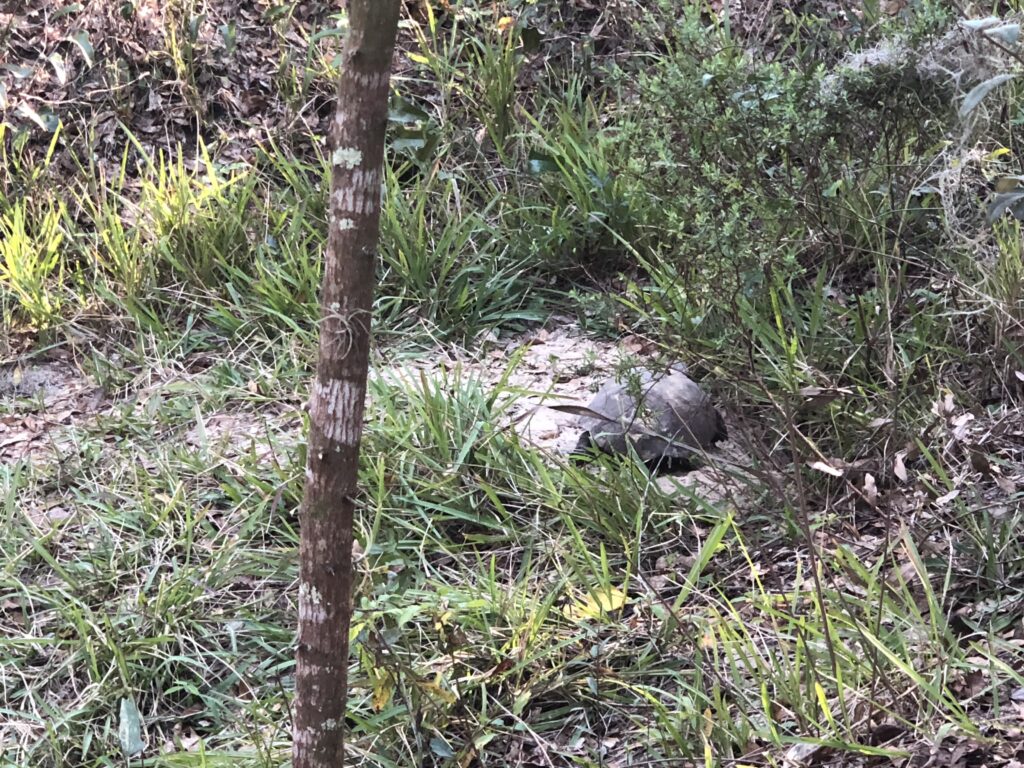
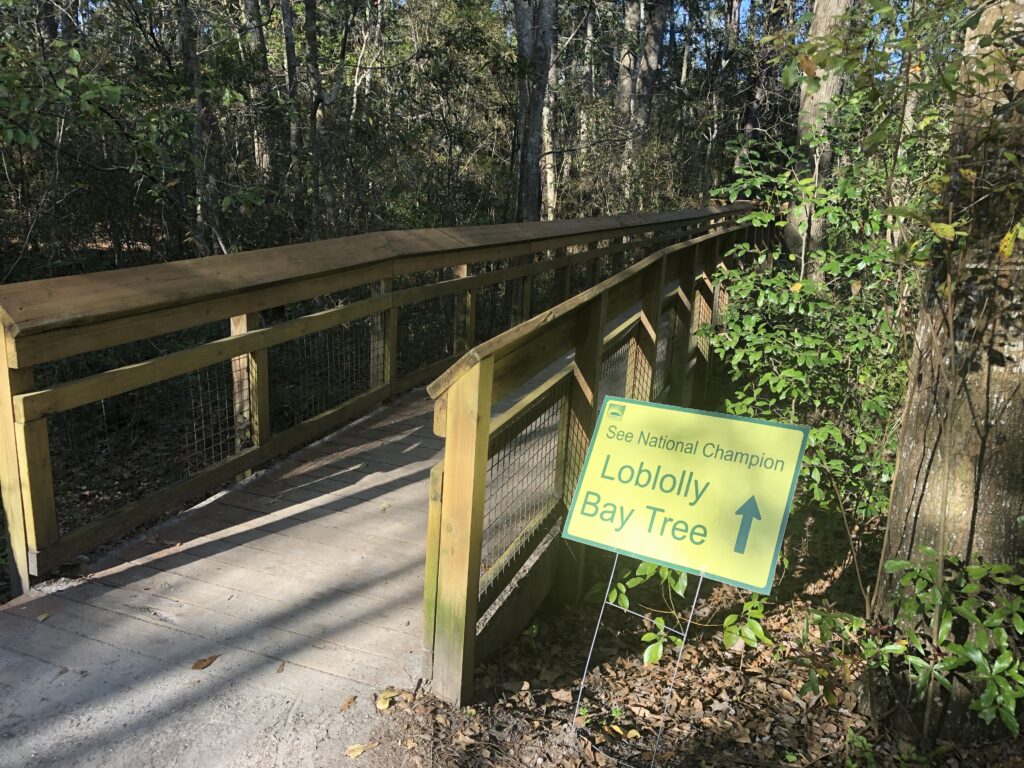
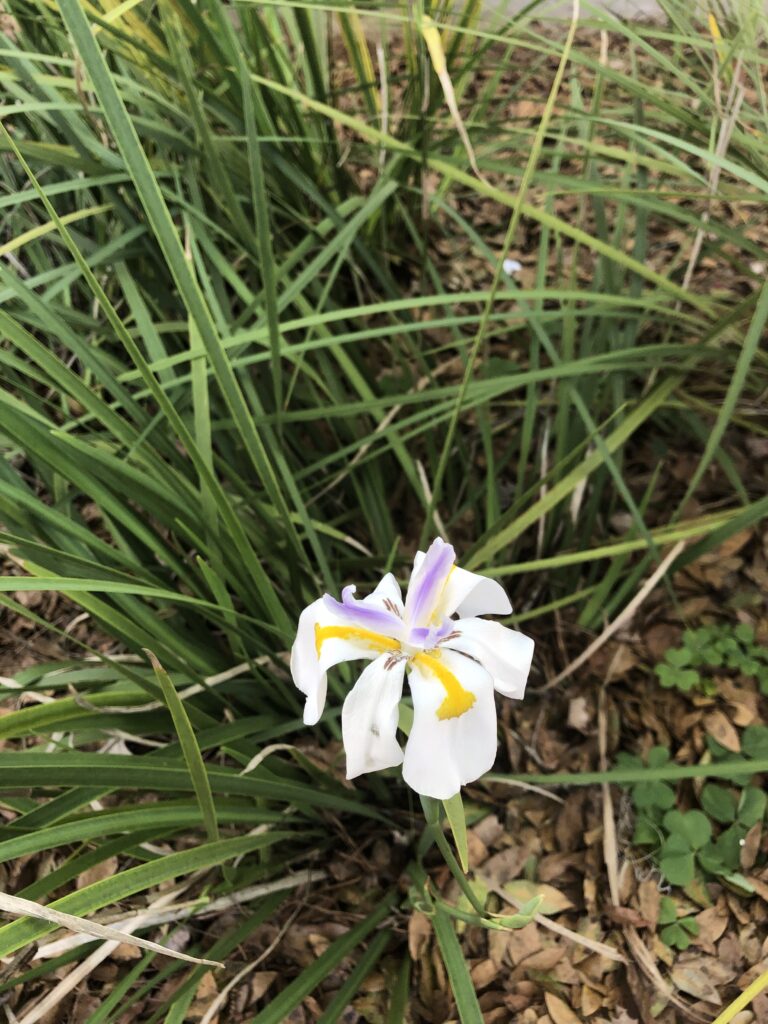
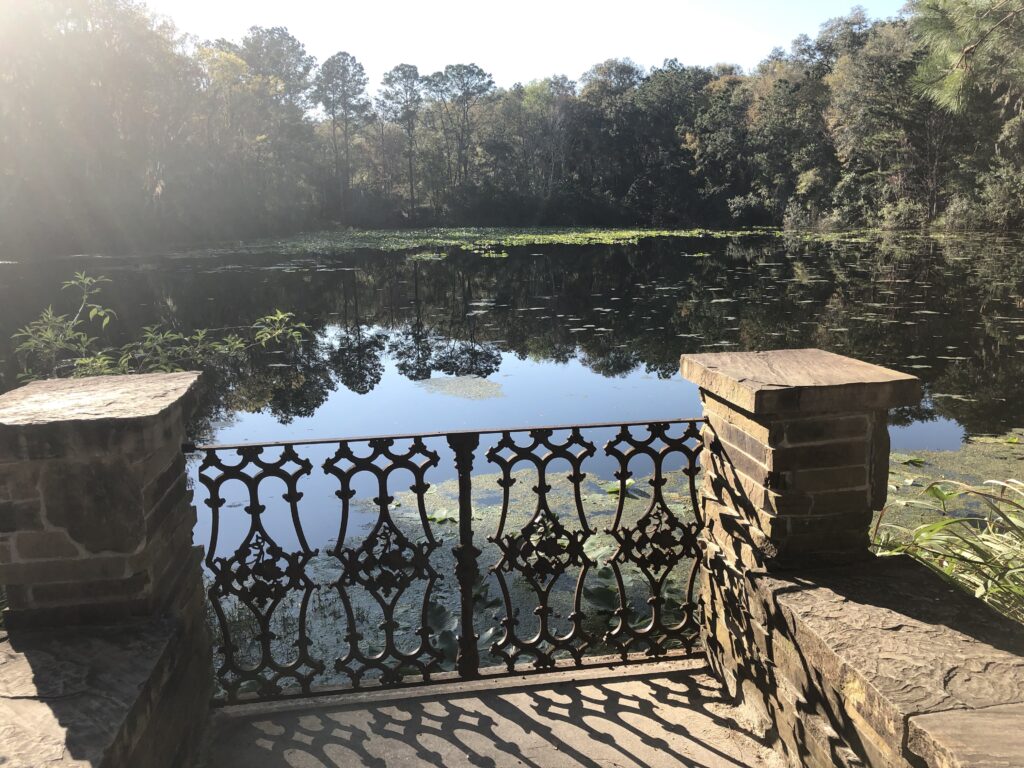
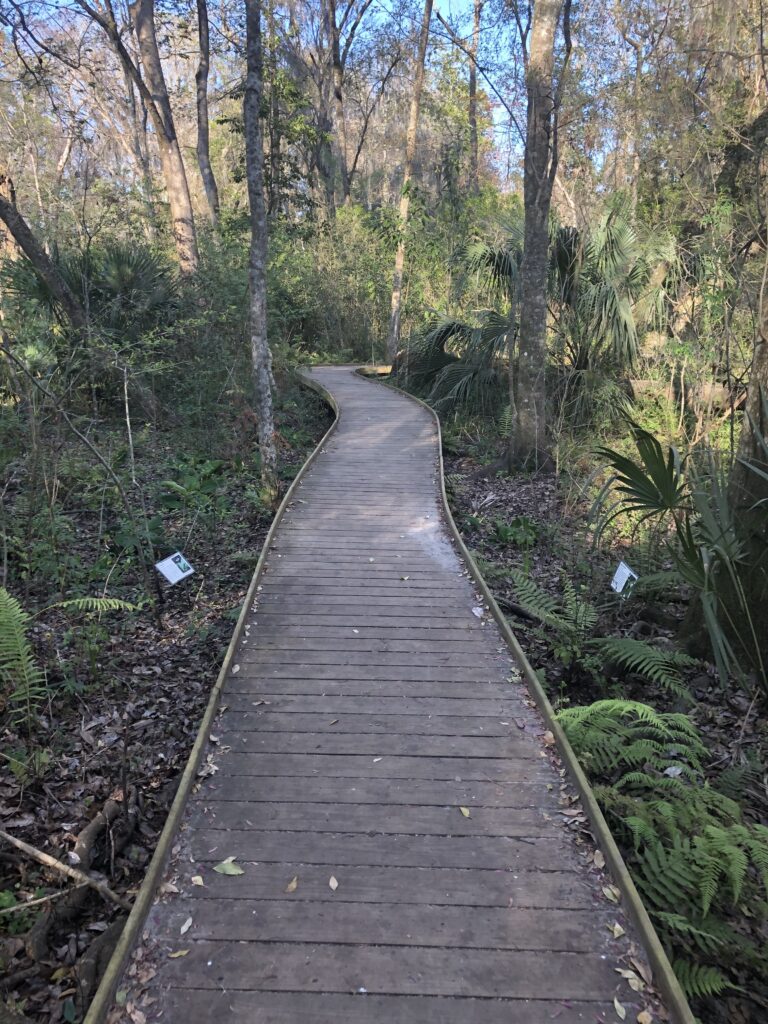
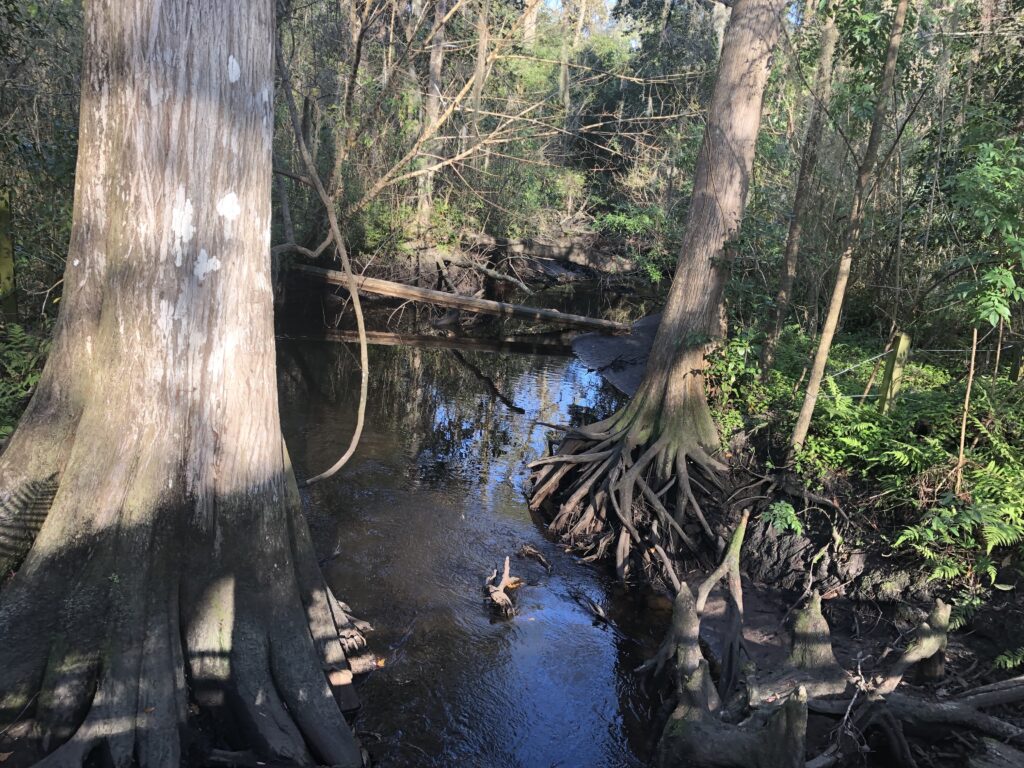
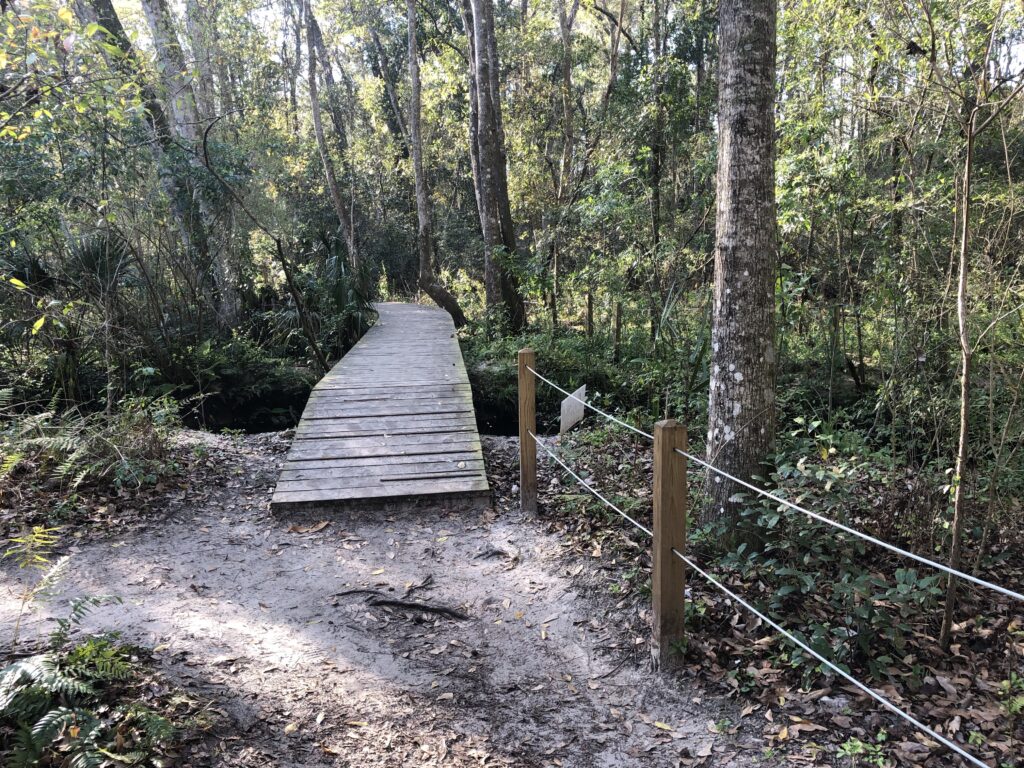
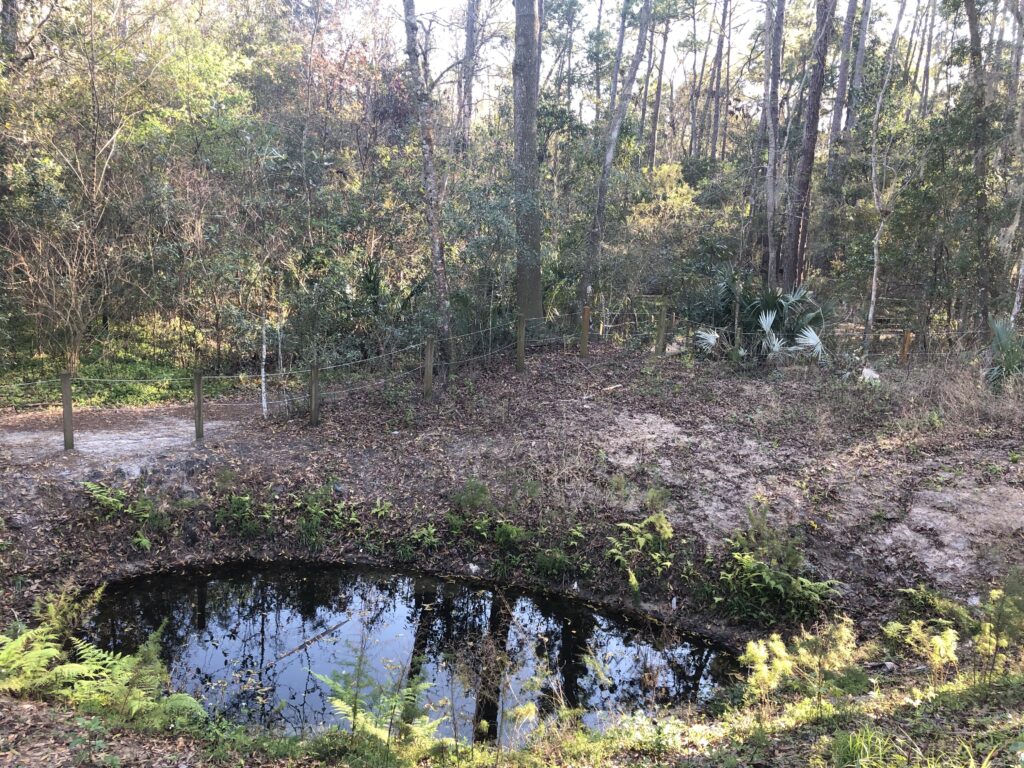
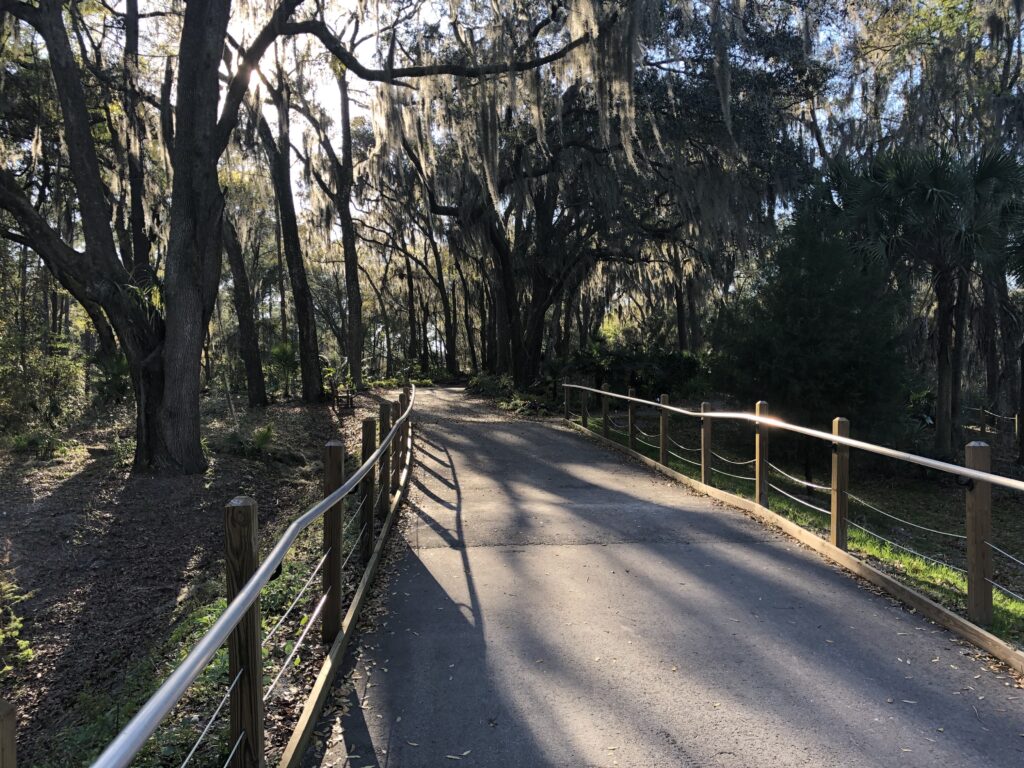
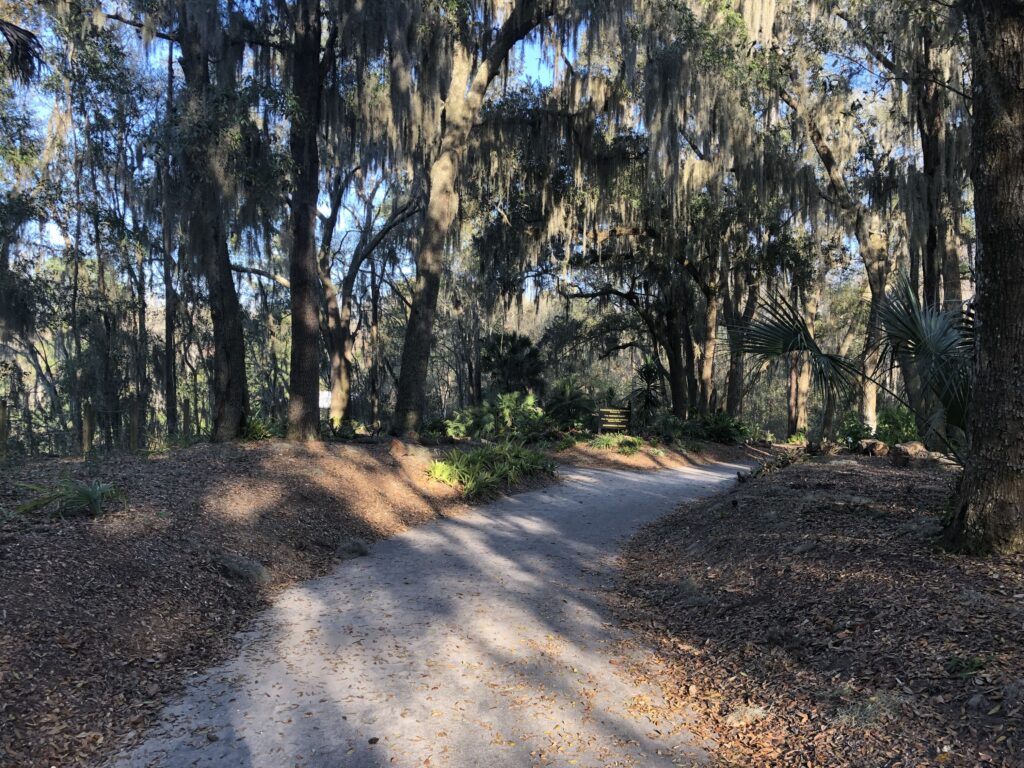
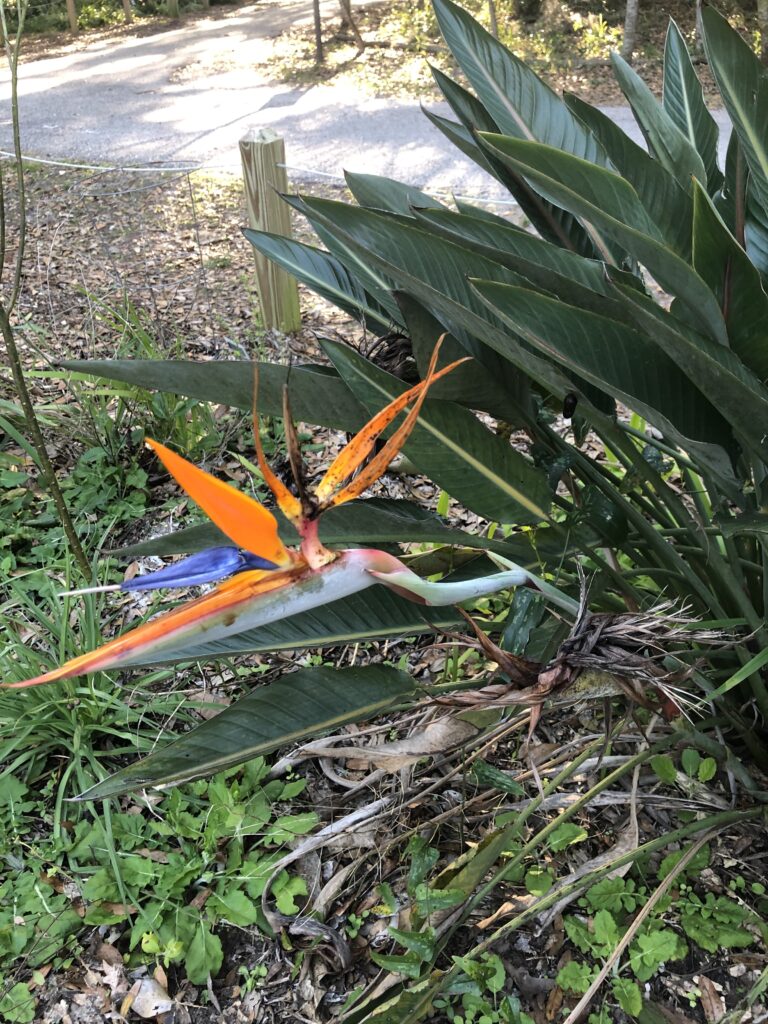
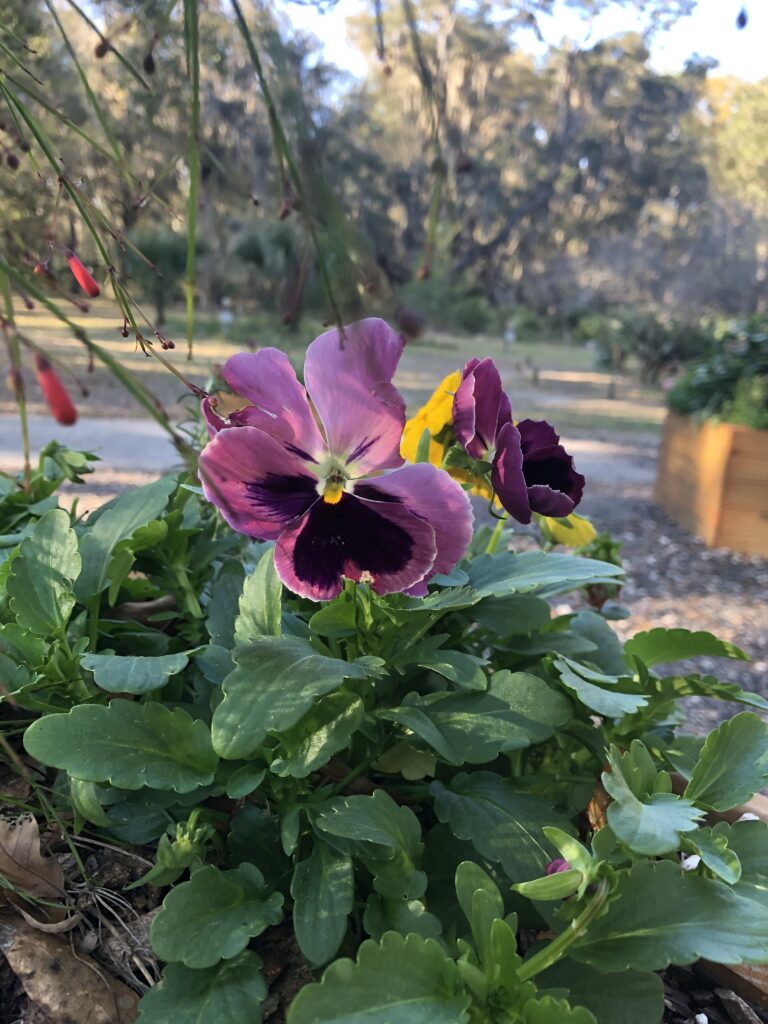
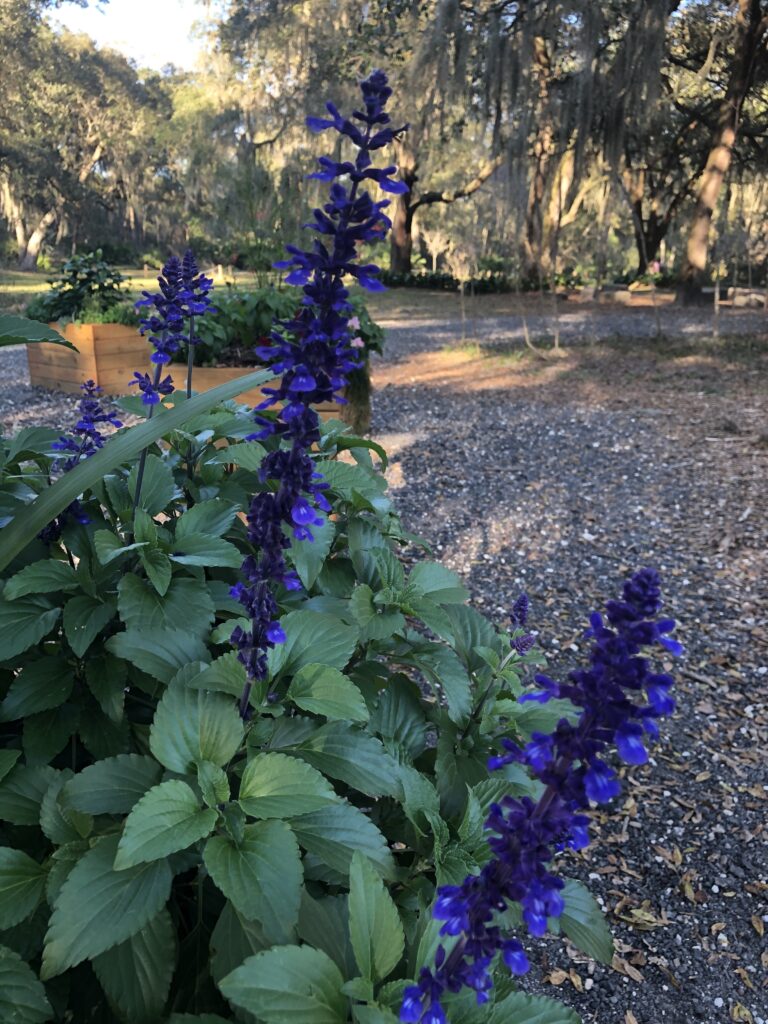
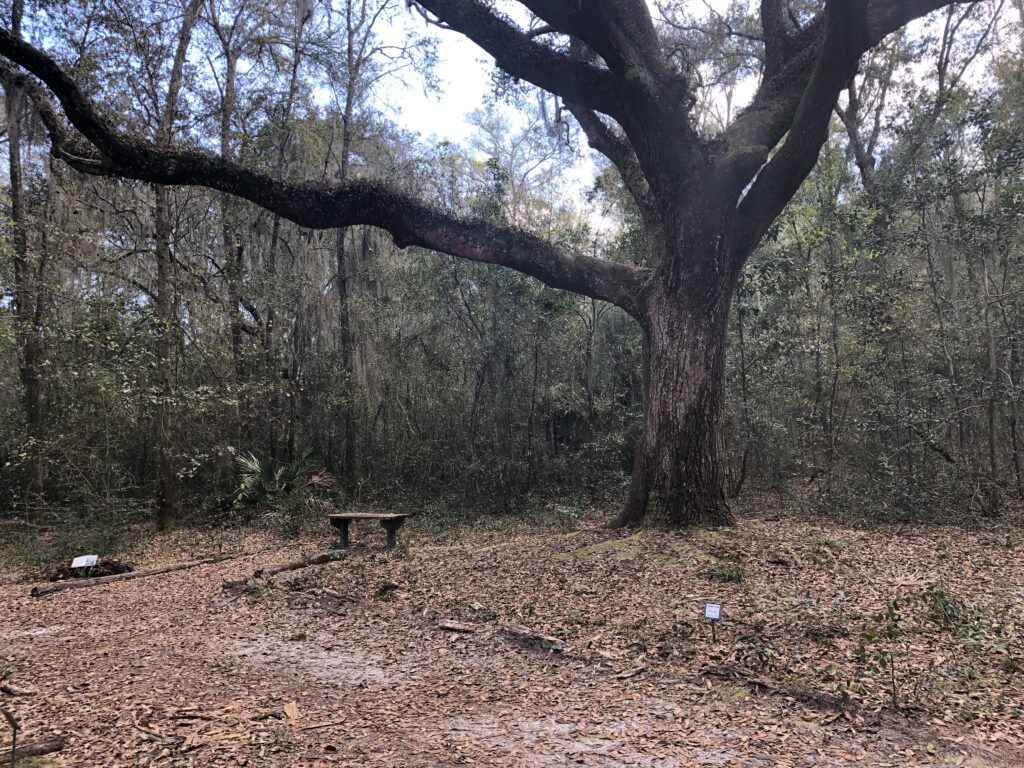
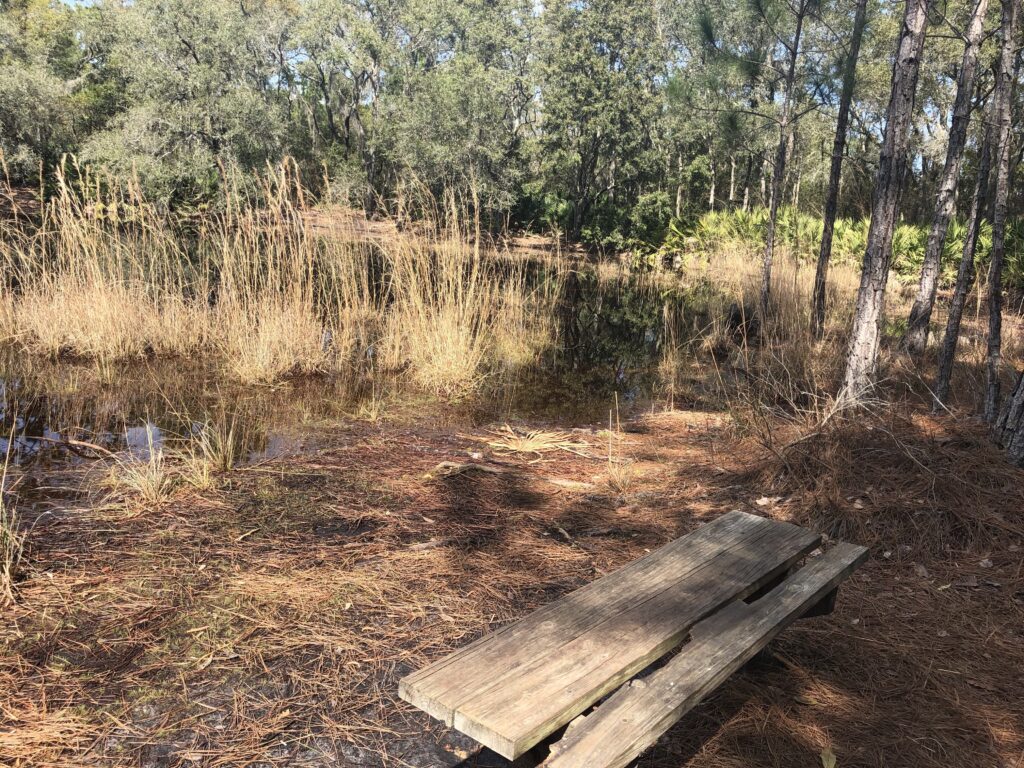
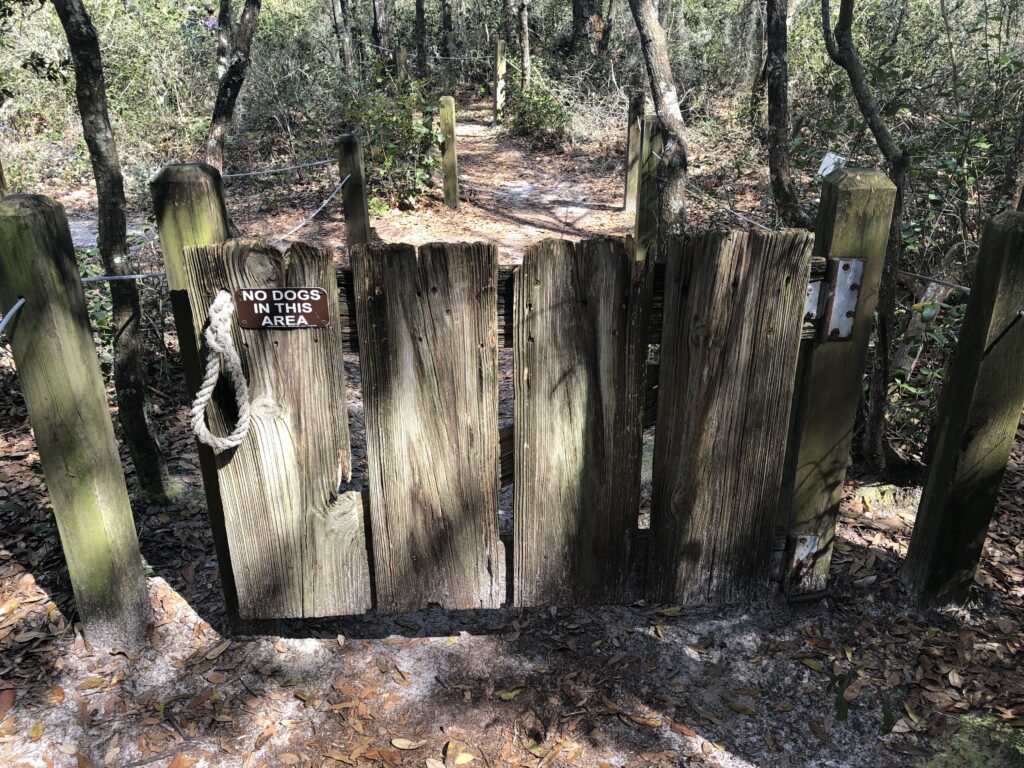
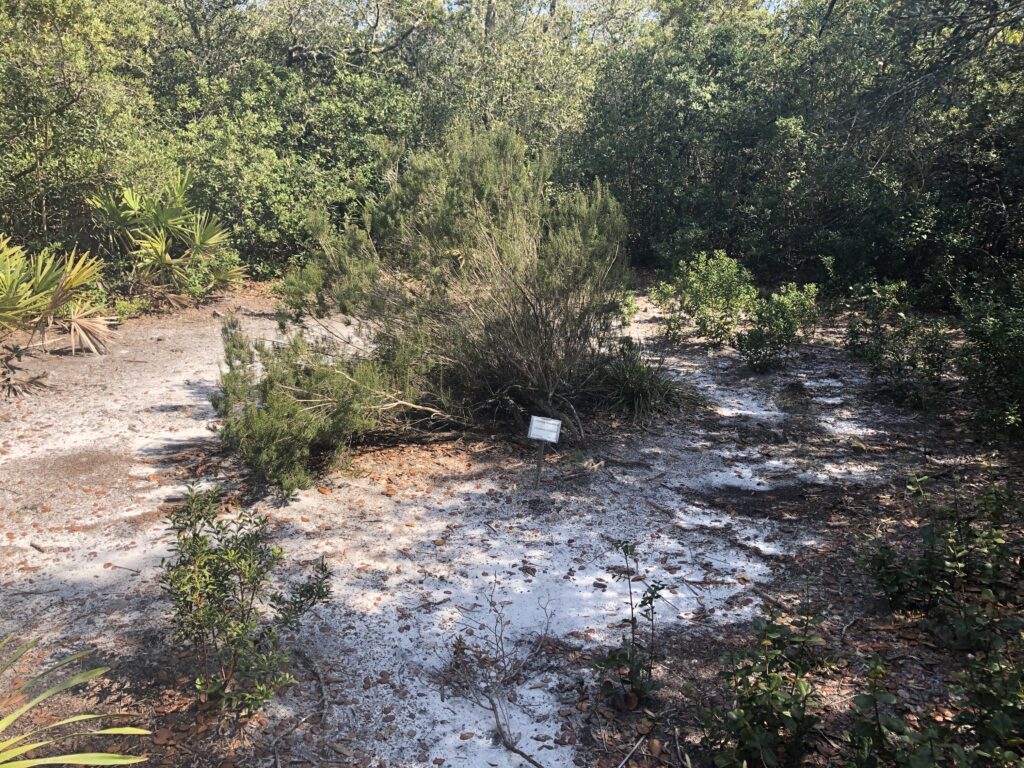
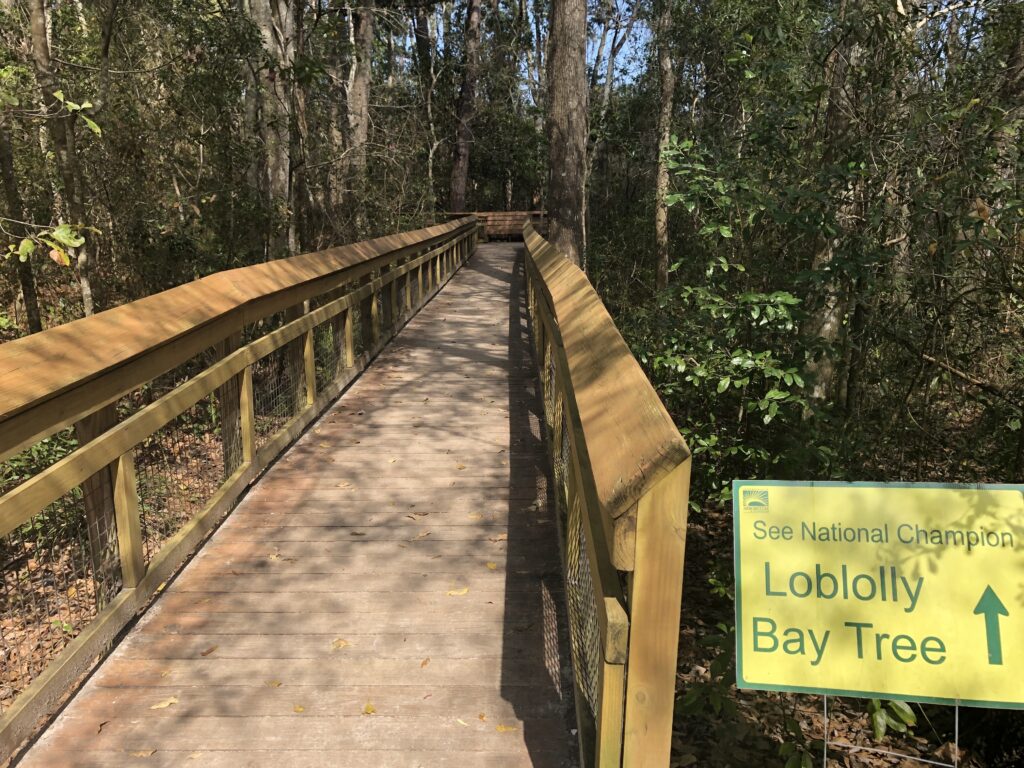
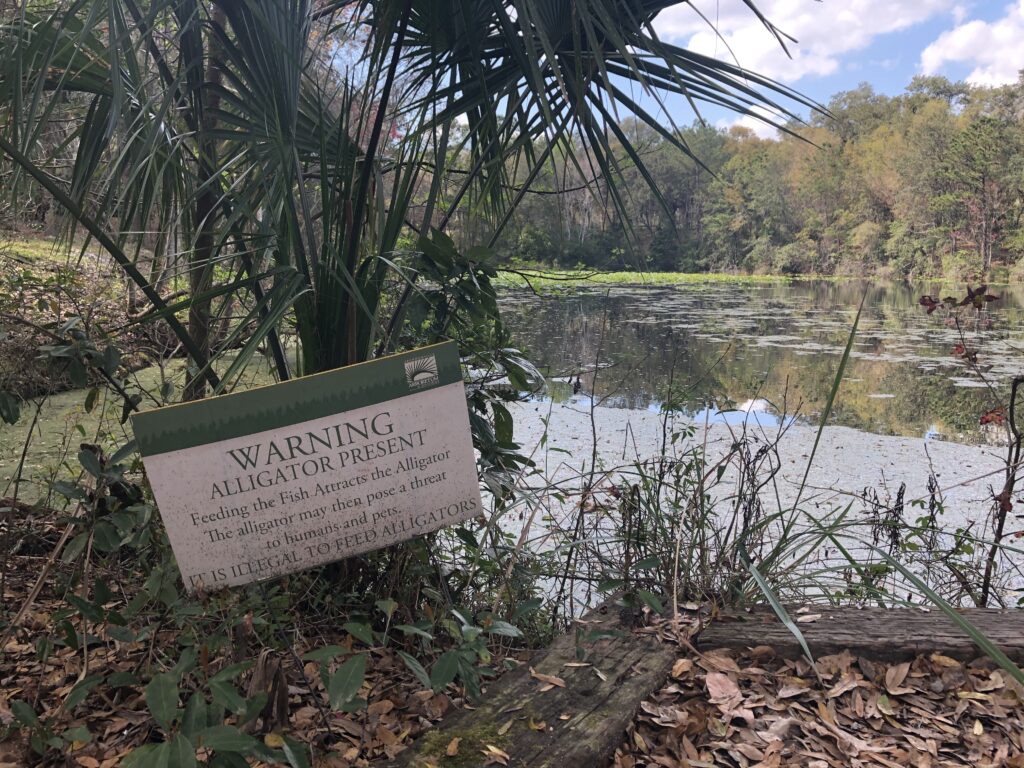
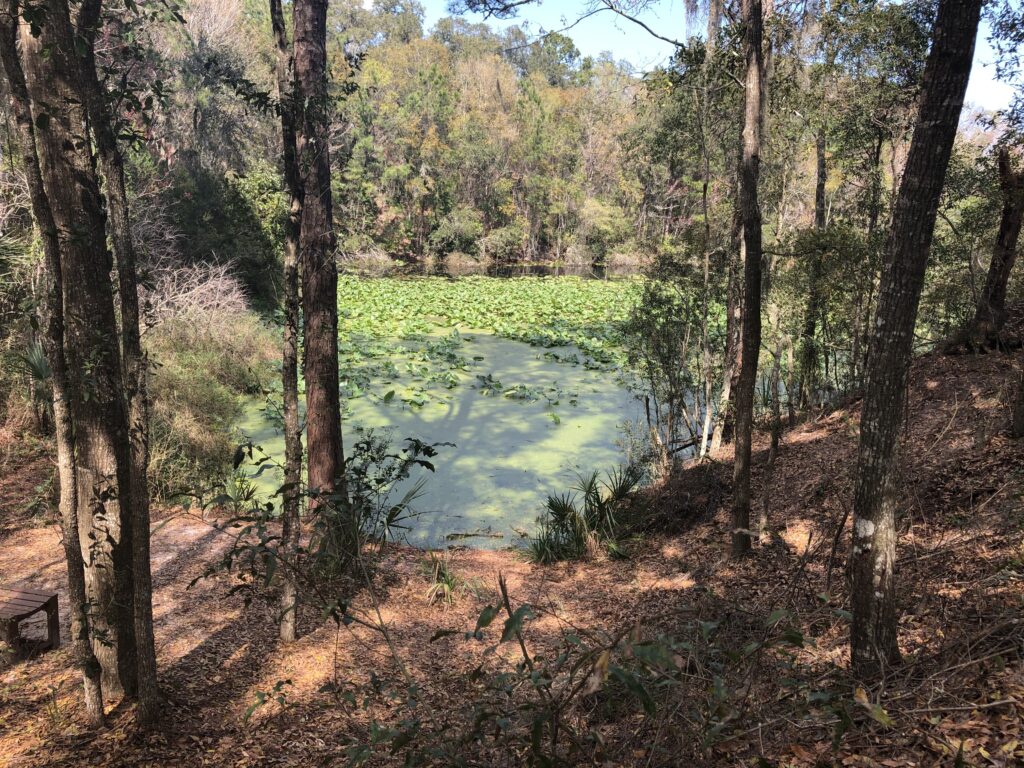
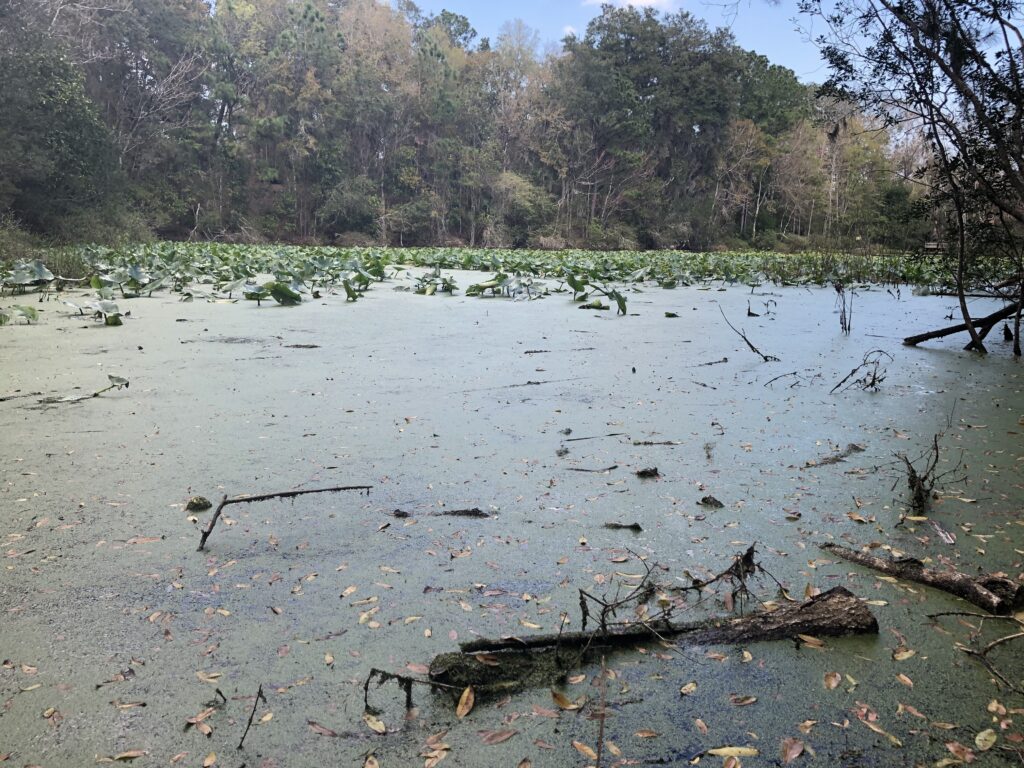
Originally published April 2010:
If I hadn’t actually searched for an arboretum in Jacksonville, I never would have found this place. Having lived here my entire life, I’d never seen it advertised. You could drive past this place and never know it was there. If you’re in the area, I strongly recommend you check this place out. It’s not more than a quarter mile from the 9A and Monument interchange. Find them online at www.jacksonvillearboretum.org For reference, get the trail map here.
The arboretum is essentially a meandering loop of 4 trails that encompass the central Lake Ray.
Given it’s location so near several subdivisions and the highway, I was really surprised at the variety of terrain and ecosystems that they had laid out along the trails. It only took about an hour to traverse all the trails, but then again I was trying to make it before they closed the park at 5. That was my only gripe – 5pm seemed awfully early to be closing, but during the summer months, they close at 7.
Lake Loop (.31 miles)
This loop trail skirts the edges of Lake Ray, offering views of the lake from various elevations. The trail begins and ends at the parking lot, about 20 feet above the actual level of the lake:

Proceeding to the right, the trail follows a ridge where the Jones Creek trail begins off to the right of the trail. Along the back of the lake, the trail meets the water’s edge and offers some excellent opportunities to view the wildlife:


Rounding the lake and returning back to the trailhead, the trail begins a slow uphill climb until it passes through a grove of old oak trees, where the aptly named Live Oak Trail begins it’s loop.
Live Oak Trail (.5 miles)
The Live Oak trail begins and ends off of the Lake Loop trail. From the point nearest the parking lot, it meanders past several impressive live oaks before descending into a patch of smaller growth. The trail has been designed to showcase some the largest oaks in the park:


From this point, you really get the sense that you’re on a trail, not just a path through the park. The outside noises fade away (read: 9A no longer audible) and you get the feeling that you’re finally in the woods. The path is very easy to travel, and has not obstacles or challenges to speak of:

Jones Creek Trail (.3 miles)
The Jones Creek Trail displays an entirely different ecosystem that the Live Oak trail on the other end of the park. Beginning just off of the Lake Loop trail, it can be accessed if you take a left after a short jog off the connecting trail. It crosses several small bridges which traverse the swift-moving Jones Creek as it skirts the edge of the park. The elevation varies at times by about 10 feet, which I find unusual in this area, but it gave an interesting perspective on the creek and the wet-land environment it showcased:



Ravine Trail (.21 miles)
The Ravine Trail completes the loop of the Jones Creek trail by crossing the Spring Runs that connect to the creek. After a short climb up the side of the ravine, the trail continues along an easy to traverse ridge that eventually finds its way back to the parking lot via a grove of palm trees:


